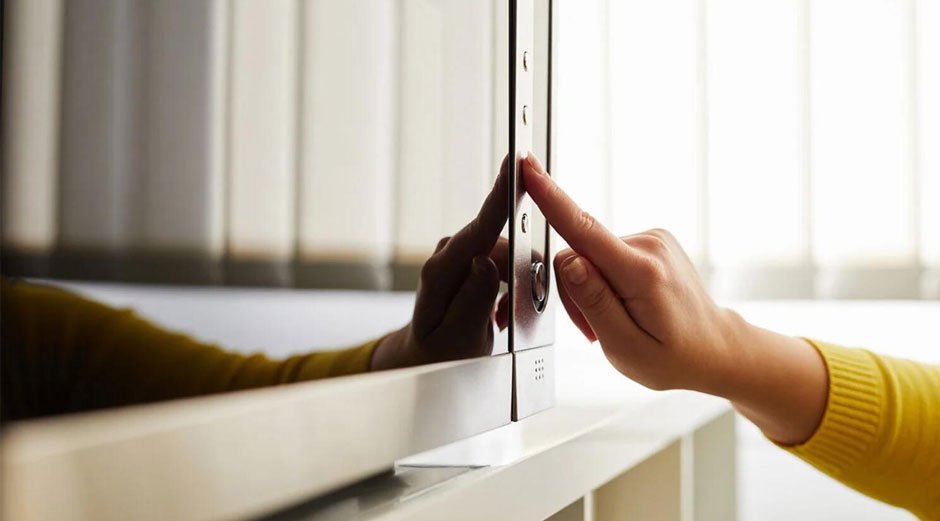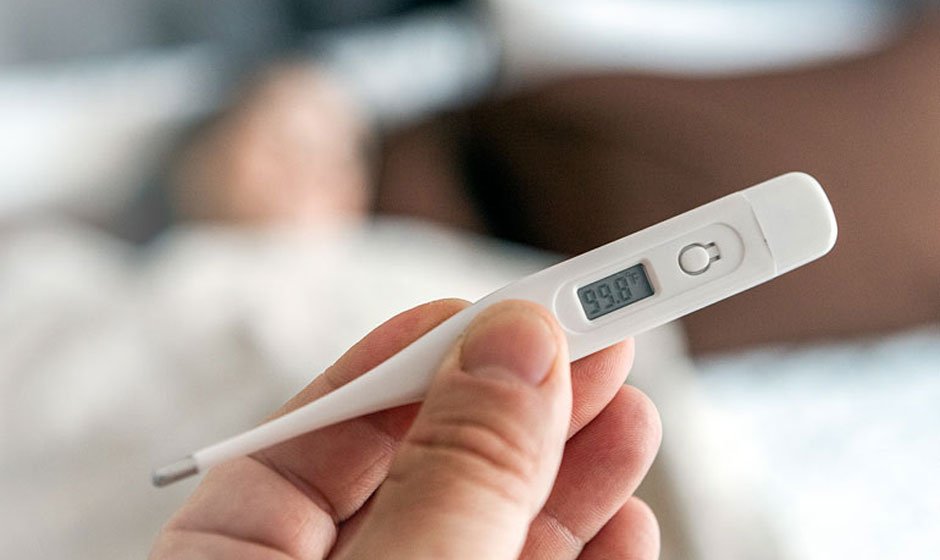Introduction
The microwave has revolutionized the way we cook and prepare food in our kitchens. Its convenience and speed have made it an essential appliance in households worldwide. However, there are lingering questions about the safety and effectiveness of boiling water in the microwave. In this article, we will explore whether it is possible to boil water in a microwave, address the safety concerns surrounding this method, and discuss the precautions to consider.
Safety of Boiling Water in the Microwave
Microwaves utilize electromagnetic waves to rapidly agitate water molecules, generating heat and causing the water to boil. Research has confirmed that microwaves can indeed heat water to its boiling point (1Trusted Source). However, it is important to note that the uneven distribution of heat within the microwave can lead to pockets of boiling water beneath cooler layers.
To ensure safety and even heating, it is crucial to stir the water thoroughly before use. Additionally, it is recommended to use microwave-safe containers to avoid any potential risks. For precise temperature control, alternative methods such as using a stovetop may be more suitable.
It is worth mentioning that the health effects of microwaves remain a topic of debate. While there is currently no conclusive evidence suggesting that microwaves have cancer-causing effects, the research on this matter is inconclusive (2Trusted Source).
Precautions
Although boiling water in the microwave is a convenient method, it is important to take certain precautions to ensure safety.
- Use hot pads: Handling boiling water can be dangerous, and it is essential to protect your skin from burns. Always use hot pads or oven mitts when removing water from the microwave.
- Choose the right containers: Only use approved microwave-safe containers for boiling water. Avoid using plastic or glass containers unless they are explicitly labeled as safe for microwave use. Additionally, never place metal objects inside the microwave.
- Beware of steam: Steam vapor from boiling water can cause burns. Avoid placing your hands directly above the container until the water has cooled slightly. Protect your skin by using appropriate precautions.
- Read the instructions: Familiarize yourself with the specific instructions and guidelines provided by your microwave’s manufacturer. Understanding its power output, settings, and suitable containers will help you use it safely and effectively.
How to Safely Boil Water in the Microwave
Boiling water in the microwave is a straightforward process. By following these six simple steps, you can safely and efficiently boil water:
- Select a microwave-safe bowl: Opt for a glass or ceramic bowl to ensure safety and avoid potential hazards.
- Pour water into the bowl: Use an unsealed container and avoid covering or sealing it.
- Place a non-metallic object: Add a non-metallic object, such as a chopstick or popsicle stick, to prevent superheating of the water.
- Heat in short intervals: Set the microwave to heat the water in short intervals, typically 1-2 minutes. Stir the water after each interval until it reaches the boiling point.
- Check for superheating: Gently tap the side of the bowl to disturb the water molecules and release any trapped heat. This helps prevent superheating.
- Remove the container carefully: Use hot pads or oven mitts to avoid burns when taking the container out of the microwave.
Boiled water can serve various purposes, such as cooking, making tea, hot cocoa, or coffee.
Conclusion
Boiling water in the microwave is a convenient and safe method for heating small quantities of water. While it is essential to be aware of the uneven distribution of heat and take precautions, there is no evidence suggesting negative health effects associated with boiling water in the microwave. Therefore, feel free to use your microwave when you need to boil water quickly, but always prioritize safety and follow the recommended guidelines.


